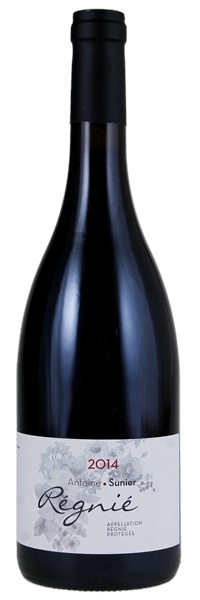Estimate

Spicy and energetic on the highly perfumed nose, displaying an array of fresh berry and floral aromas and a hint of smokiness. Juicy and incisive, offering bitter cherry and violet pastille flavors that pick up a hint of peppery spices as the wine opens up. Concentrated yet lithe, delivering strong closing thrust, gentle tannins and a lingering touch of cherry pit.
...deep, earthy and natural kind of feeling to it...wet slate and dark-cherry essence, too...pippy, tangy palate with a super, sapid finish. Very pure.
...very fine bouquet with tertiary-tinged red berry fruit, hints of tobacco and wild hedgerow emerging from the glass. The palate is medium-bodied with fine definition...impressive focus with a delicate spicy finish that lingers in the mouth.
...offering up a deep and vibrant nose of red and black cherries, woodsmoke, dark soil, a dollop of fresh herbs and a discreet framing of cedary wood. On the palate the wine is pure, full-bodied and quite sappy at the core, with fine soil signature, just a whisper of tannin and fine length and grip on the complex finish.